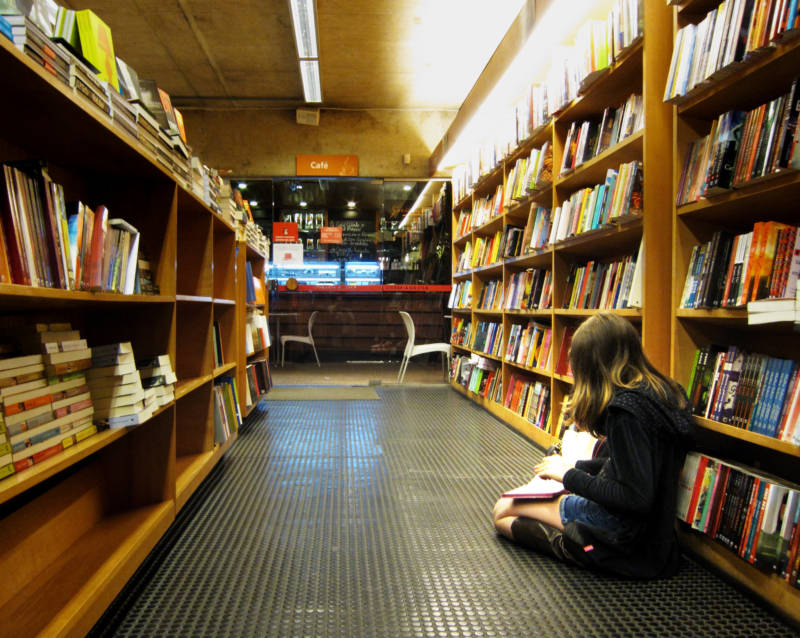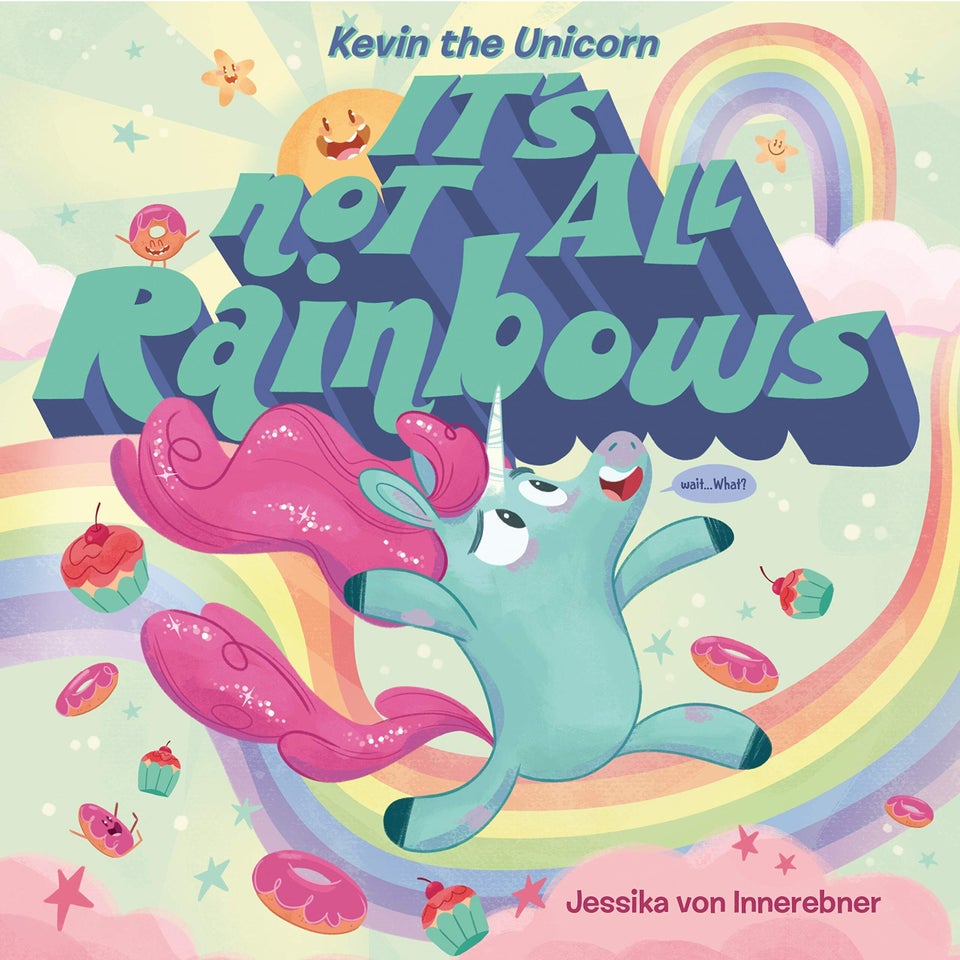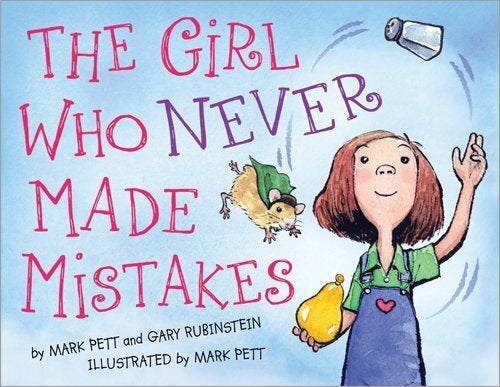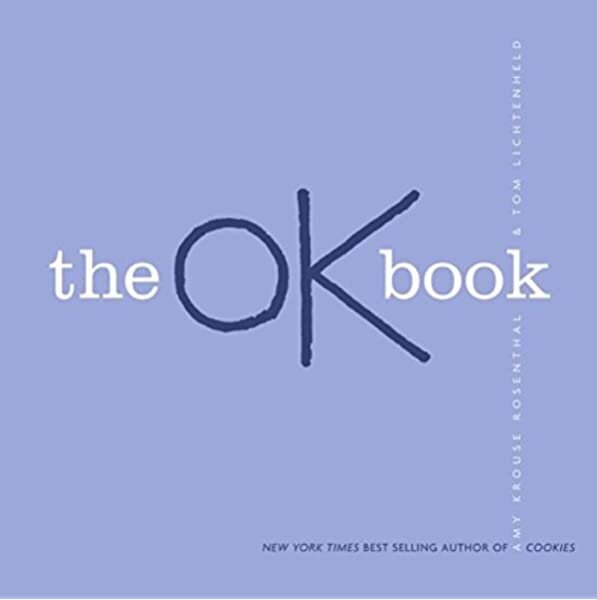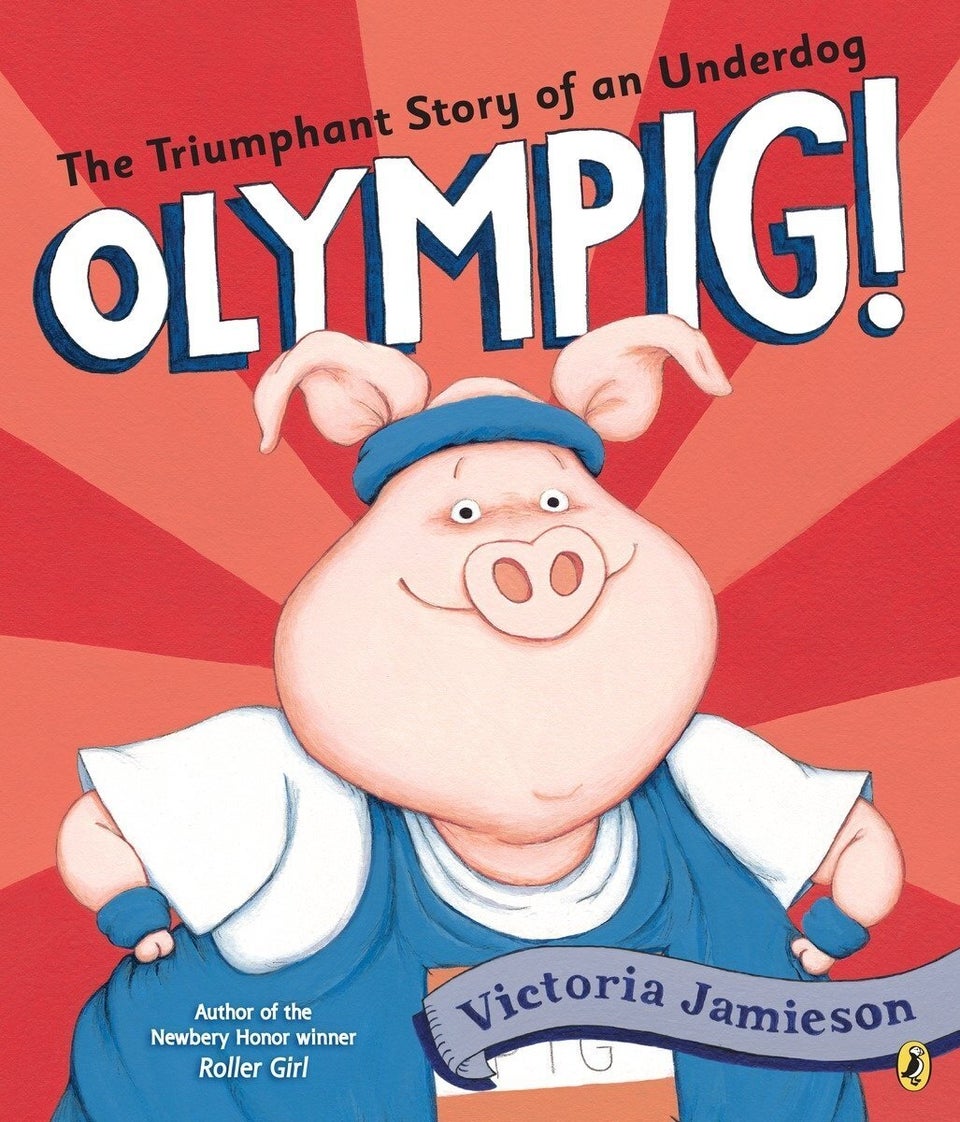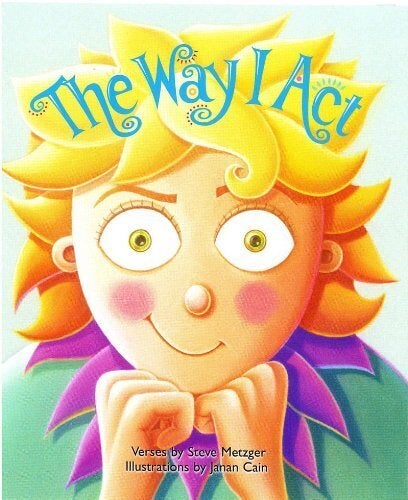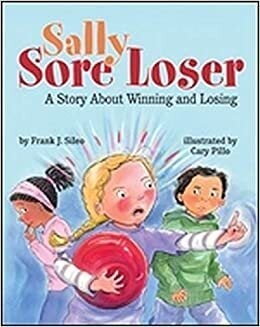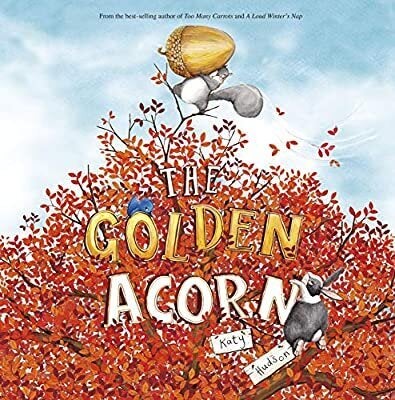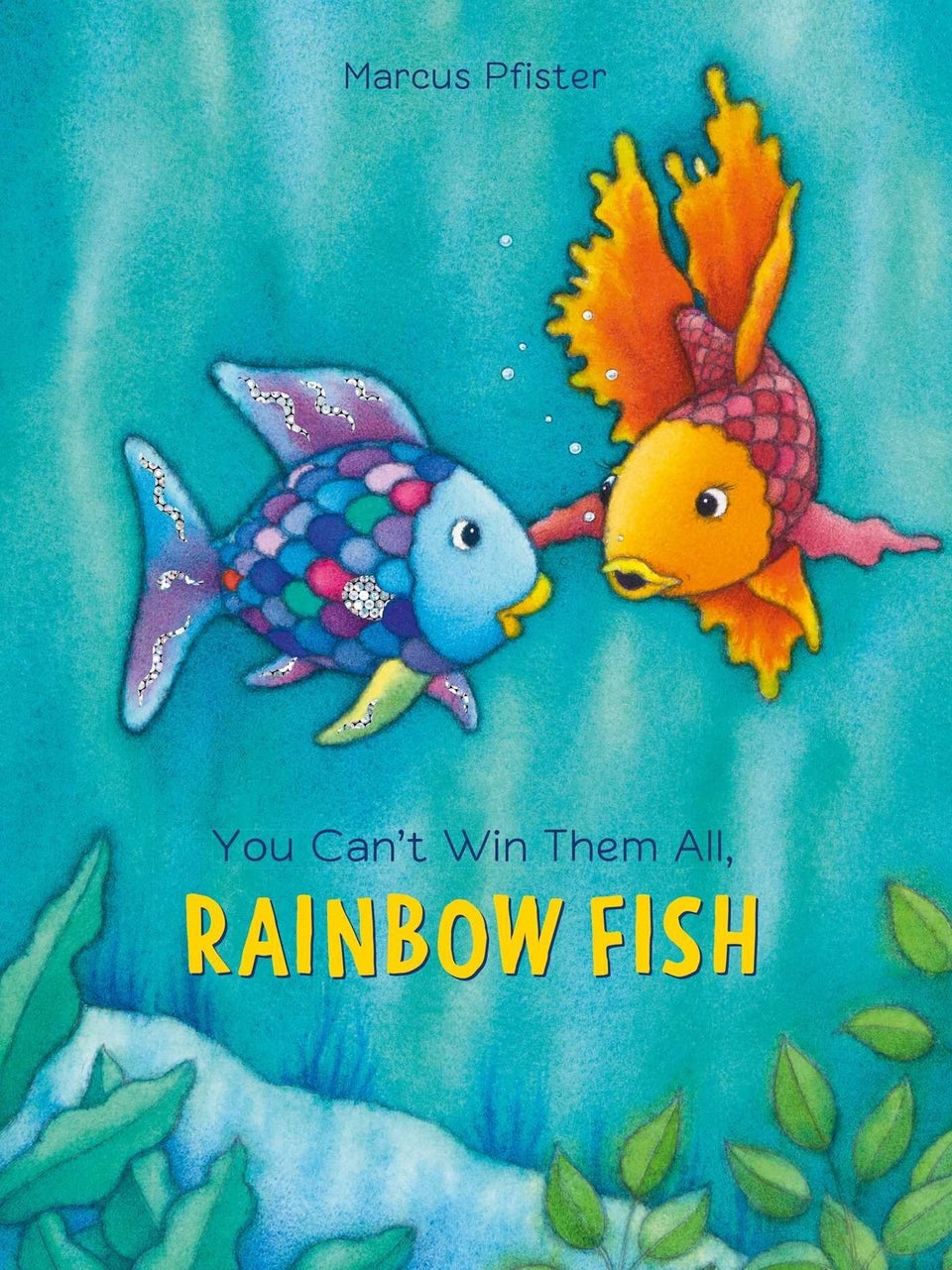From: https://www.kqed.org/mindshift/54470/why-content-knowledge-is-crucial-to-effective-critical-thinking?fbclid=IwAR3wpSgiyrCMFIQDGE78lnfGdoK5scKoEDAMgU4xKeTo71OazTiFnh3ih1c
The Hechinger Report is a national nonprofit newsroom that reports on one topic: education. Sign up for our weekly newsletters to get stories like this delivered directly to your inbox.
Critical thinking is all the rage in education. Schools brag that they teach it on their websites and in open houses to impress parents. Some argue that critical thinking should be the primary purpose of education and one of the most important skills to have in the 21st century, with advanced machines and algorithms replacing manual and repetitive labor.
But a fascinating review of the scientific research on how to teach critical thinking concludes that teaching generic critical thinking skills, such as logical reasoning, might be a big waste of time. Critical thinking exercises and games haven’t produced long-lasting improvements for students. And the research literature shows that it’s very difficult for students to apply critical thinking skills learned in one subject to another, even between different fields of science.
“Wanting students to be able to ‘analyse, synthesise and evaluate’ information sounds like a reasonable goal,” writes Daniel Willingham, a professor of psychology at the University of Virginia. “But analysis, synthesis, and evaluation mean different things in different disciplines.”
Willingham’s reading of the research literature concludes that scientists are united in their belief that content knowledge is crucial to effective critical thinking. And he argues that the best approach is to explicitly teach very specific small skills of analysis for each subject. For example, in history, students need to interpret documents in light of their sources, seek corroboration and put them in their historical context. That kind of analysis isn’t relevant in science, where the source of a document isn’t as important as following the scientific method.
Willingham wrote a paper, “How to Teach Critical Thinking,” in May 2019 for the Department of Education of New South Wales in Australia. But it is entirely applicable to the American context.
In the paper, Willingham traces the history of teaching critical thinking. More than a century ago, many thought that difficult subjects like Latin might improve thinking abilities. But scientists subsequently found that students who studied Latin didn’t do any better on tests than those who didn’t. There are mixed results from more recent studies in teaching students computer science. A 2018 meta-analysis showed better creative thinking, mathematics, meta-cognition, spatial skills and reasoning for students who take computer programing. But the gains were much smaller for studies with good control groups. A lot of the so-called benefit to studying computer science appears to be a placebo effect.
To be sure, there are basic logic principles that are true across subjects, such as understanding that “A” and “not A” cannot simultaneously be true. But students typically fail to apply even generic principles like these in new situations. In one experiment described by Willingham, people read a passage about how rebels successfully attacked a dictator hiding in a fortress (they dispersed the forces to avoid collateral damage and then converged at the point of attack). Immediately afterwards, they were asked how to destroy a malignant tumor using a ray that could cause a lot of collateral damage to healthy tissue. The solution was identical to that of the military attack but the subjects in the experiment didn’t see the analogy. In a follow-up experiment, people were told that the military story might help them solve the cancer problem and almost everyone solved it. “Using the analogy was not hard; the problem was thinking to use it in the first place,” Willingham explained.
To help student see analogies, “show students two solved problems with different surface structures but the same deep structure and ask them to compare them,” Williingham advises teachers, citing a pedagogical technique proven to work by researchers in 2013.
In math, students often get derailed when a word problem is slightly different from a step-by-step model that they’ve studied. A research-tested strategy here, developed by Richard Catrambone at the Georgia Institute of Technology, is to label the sub-steps of the solution with the goal they serve. That way students can understand why they’re using each step and what it’s accomplishing.
But the bigger problem is that critical thinking varies so much. “Critical thinking is needed when playing chess, designing a product, or planning strategy for a field hockey match,” Willingham wrote. “But there are no routine, reusable solutions for these problems.”
And this is where content knowledge becomes important. In order to compare and contrast, the brain has to hold ideas in working memory, which can easily be overloaded. The more familiar a student is with a particular topic, the easier it is for the student to hold those ideas in his working memory and really think. Willingham uses chess as a good example. Once a student has a played a lot of chess, then he has many board positions memorized in his brain and can sort through which one is better in each particular circumstance.
Willingham says that the scientific research shows that it’s very hard to evaluate an author’s claim if you don’t have background knowledge in the subject. “If you lack background knowledge about the topic, ample evidence from the last 40 years indicates you will not comprehend the author’s claims in the first place,” wrote Willingham, citing his own 2017 book.
At what age should teachers begin this subject-specific teaching of individual, discrete critical thinking skills? Some teachers might think it’s developmentally inappropriate, and possibly harmful, to engage in cognitive work that seems more appropriate for an older child. But research from the last 30 years shows that young children are far more capable in engaging in reasoning that we once thought. Scientists now think that cognitive development is more gradual and starts young. “In some circumstances, even toddlers can understand principles of conditional reasoning, and in other circumstances, conditional reasoning confuses adult physicians,” wrote Willingham. “It all depends on the content of the problem.”
Willingham’s ideas are similar to those of Natalie Wexler, who makes an impassioned argument that schools should return to a content-rich curriculum in her 2019 book, “The Knowledge Gap.” Both are worth reading as a strong counterpoint to the emphasis on critical thinking in schools today.
This story about how to teach critical thinking was written by Jill Barshay and produced by The Hechinger Report, a nonprofit, independent news organization focused on inequality and innovation in education. Sign up for the Hechinger newsletter.
